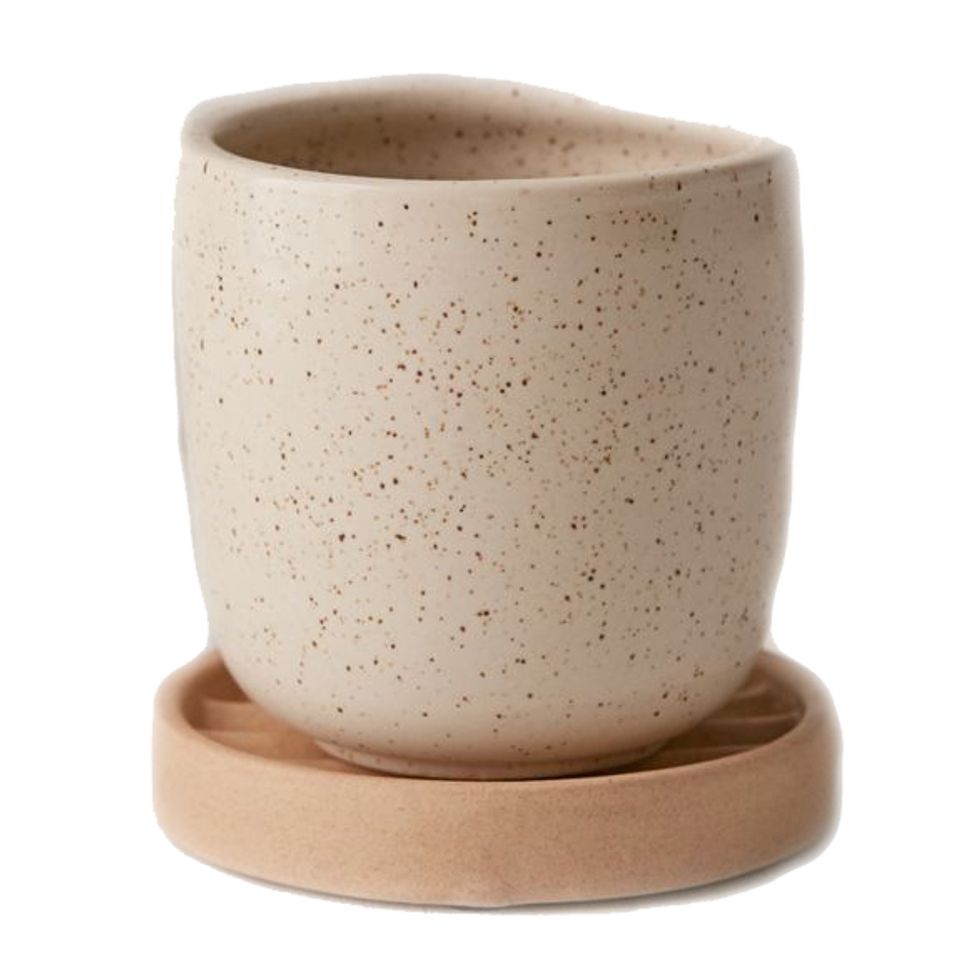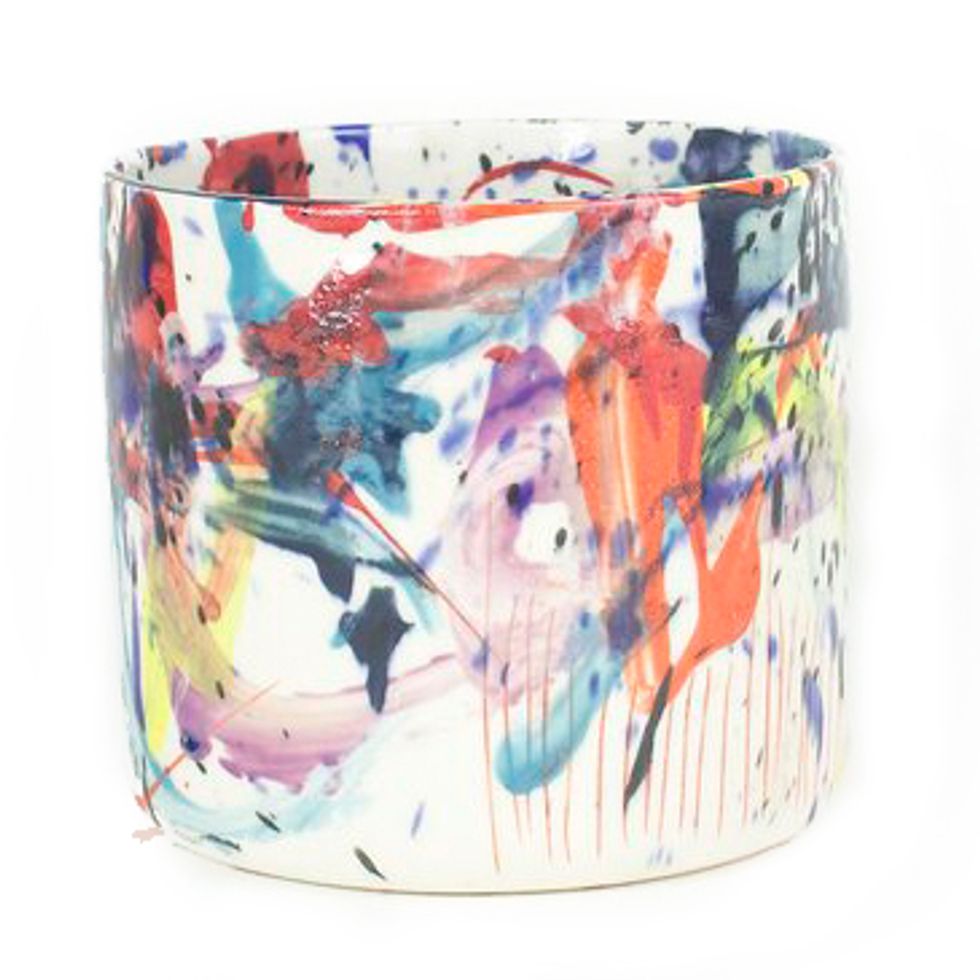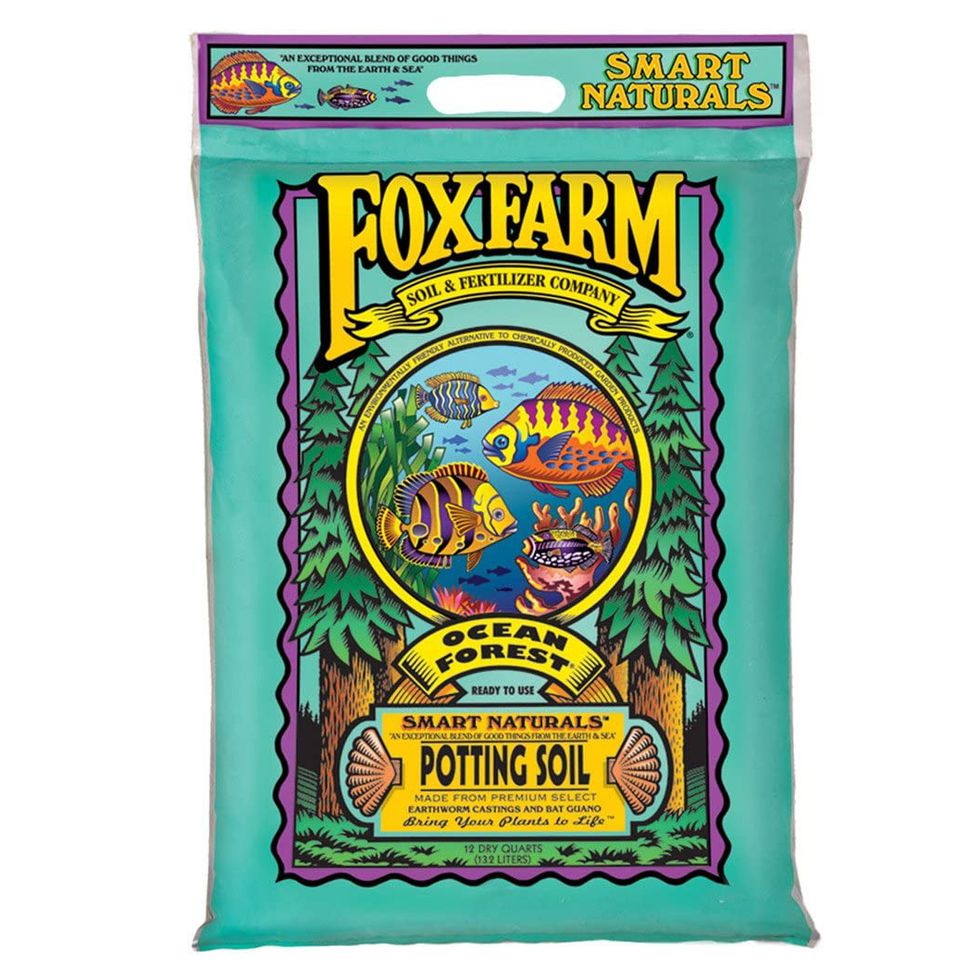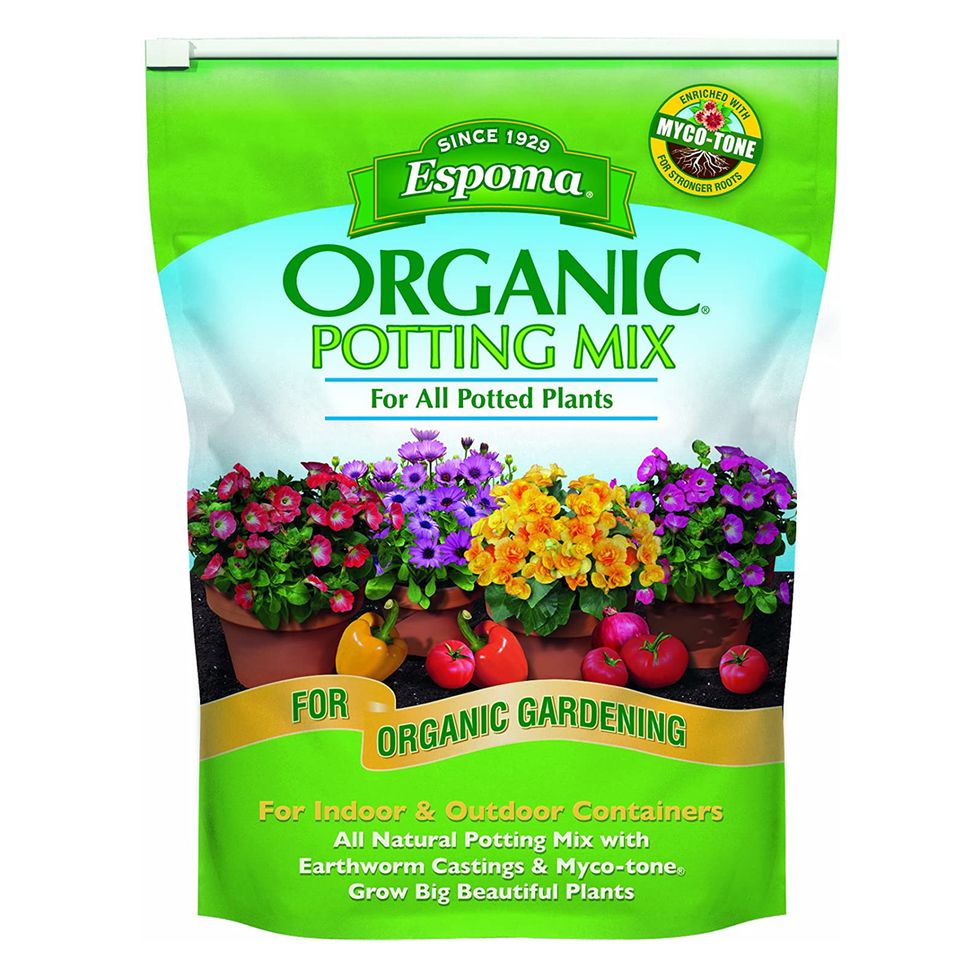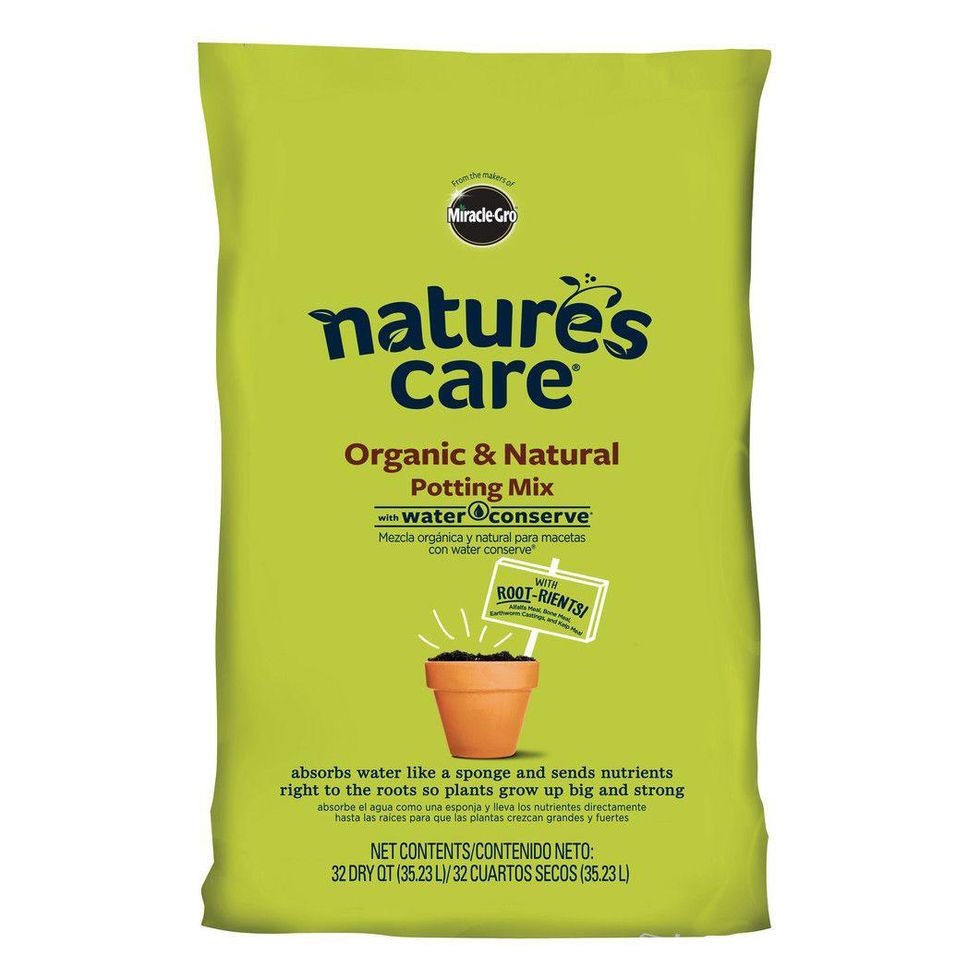
For most of us, this quarantine has drastically changed the way we experience many things, such as concerts, book clubs, yoga classes, and even FaceTime sessions with our stylists. Food is also one of the biggest parts of our lives to change, with even the reluctant home cooks experimenting with new recipes. We’re quickly realizing that making a delicious meal at home isn’t so hard once you have the right ingredients. Among these ingredients are fresh herbs. Herbs accentuate food like a spritz of perfume on your neck; they’re not intended to steal the show, but they are exceptional at highlighting the main event. Can you imagine a grilled branzino without parsley? Or halloumi without anything mint?
Now, with grocery stores becoming more dangerous to frequent, and limited grocery delivery services, the resources that we can create at home have never been as crucial. Plus, with all this time spent indoors, why not start a project that can satiate your hunger, too? Growing herbs can take your cooking to the next level, and we encourage all of you to try it out. Here are our tips for growing herbs inside your kitchen.
Step 1: Determine which herbs you want to grow
Herbs grow quickly and easily, making it easy for us to believe that any sort of greenery would thrive in our studio apartments. However, given that our apartments don’t always receive large amounts of sunlight, there are a few plants that won’t survive. Certain herbs such as parsley, mint, basil, rosemary, thyme, oregano, and chives all do extremely well with slivers of light and are ideal for a first-time grower to cultivate. Determine which ones you’ll use most often in your cooking, and start with a few different varieties, instead of trying to plant every single one you can fit on your window ledge.
Step 2: Find your light
Remember photosynthesis? As we can gather from our distant, but not yet gone, memories from biology, plants thrive in sunlight. Find a spot, preferably near a window, that receives plenty of sunlight to park your planters. Remember, however, that plants should never live too close to windows, as the cold glass can cause them to wither and die before they even hit your plate.
Step 3: Find planters that are great at draining
The function of a planter is not simply to spruce up a corner of our living rooms—the best ones for herbs especially are those that have great drainage channels. This means there is a channel in which excess water can escape, so as to not flood the roots. Now, this doesn’t mean that you cannot use that one pot you have been dying to purchase simply because it does not have a drainage system—they are extremely simple to construct. Simply add a layer of pebbles to the bottom third of the pot, then fill the rest of the pot with soil. Your herbs’ roots will remain in the soil portion of the pot, while excess water drips down to the pebble layer. This means less drowning and more growing for your sweet (or savory) little babies.
Step 4: Figure out who likes it dirty and who does not
Most herbs are quite simple in terms of the dirt they prefer. Standard potting soil with fertilizer added in usually suffices. However, for herbs that thrive best in rocky, woody Mediterranean environments, such as rosemary, oregano, and thyme, find soils that have wood mixes in them, or make your own.
Step 5: Plant the seeds…or not?
Once they have sprouted, herbs can seem to grow so quickly you may think they started as magic beans. However, waiting for seedlings to sprout can be a long and grueling process. Propagation, or replanting stems cut from larger plants of the same variety, is the best way to grow these delicious plants. Simply snip a piece of the herb you’d like to grow from an existing plant, and submerge your trimmings in a clear jar of water. Cover the jar with a plastic bag, and place it slightly away from direct sunlight to avoid burning the leaves. Change the water every day or two until roots start to sprout. After the roots have grown about an inch, transfer them to a planter.
Step 6: Water them, but not too much
Like all living things, herbs need water to survive. However, do not think that this means a full soil-soak is necessary every day. According to Denny Schrock for Better Homes & Gardens, “Most herbs grow best in well-drained soil and develop their most intense flavor if kept on the dry side.” Simply water herbs when the top few inches of the soil feels dry. This should be about every three to four days.
Step 7: Harvest and enjoy
When your herbs are ready, you’ll know—they’ll be in full bloom and standing tall. Simply snip the leaves, and crack open that cookbook you’ve been telling yourself you’d have finished by now.
Want more stories like this?
Modern Tricks for Bringing Spring Inside Now
How to Keep Your Indoor Plants Alive
How to Pick a Quality CBD Product

